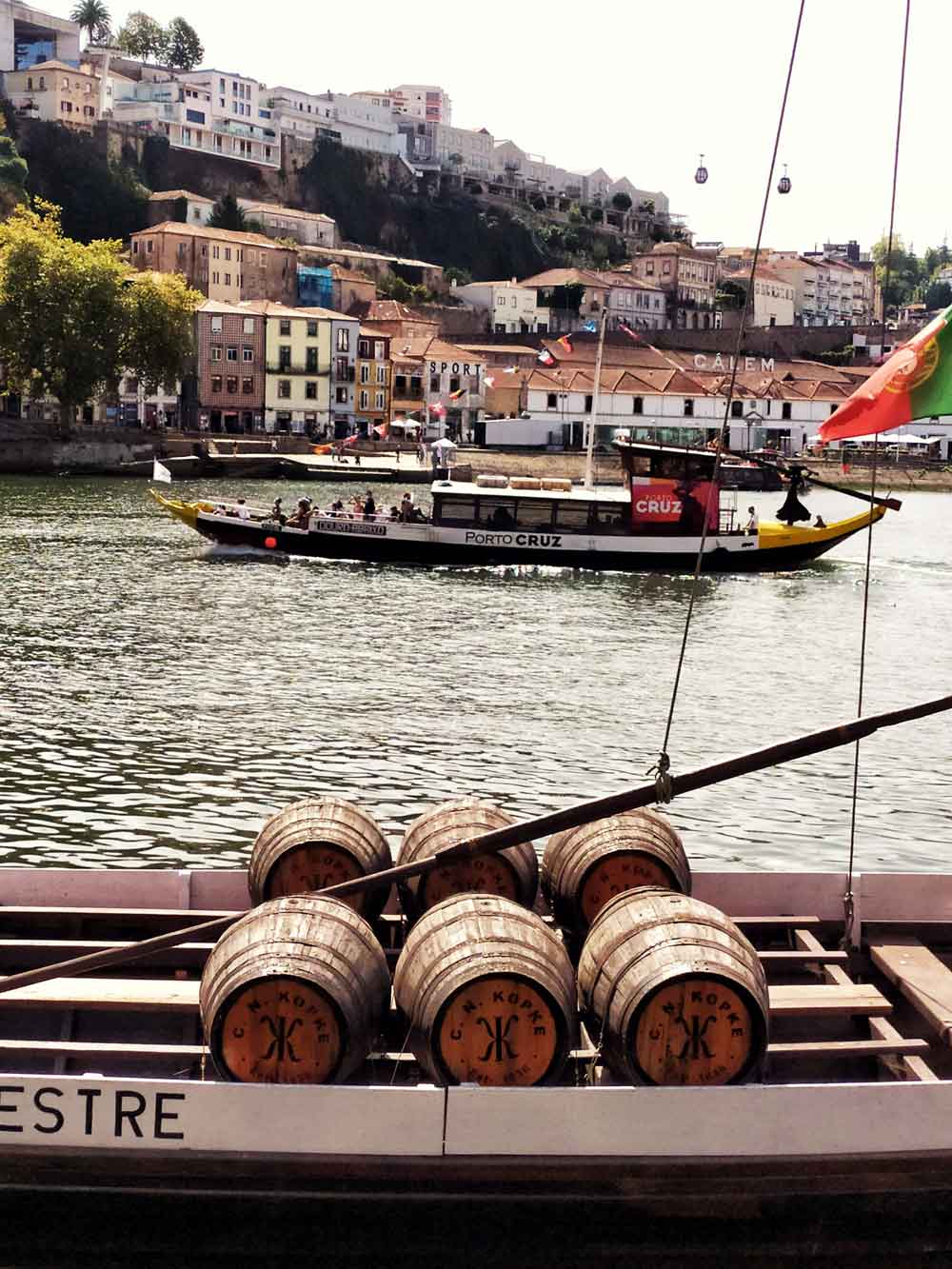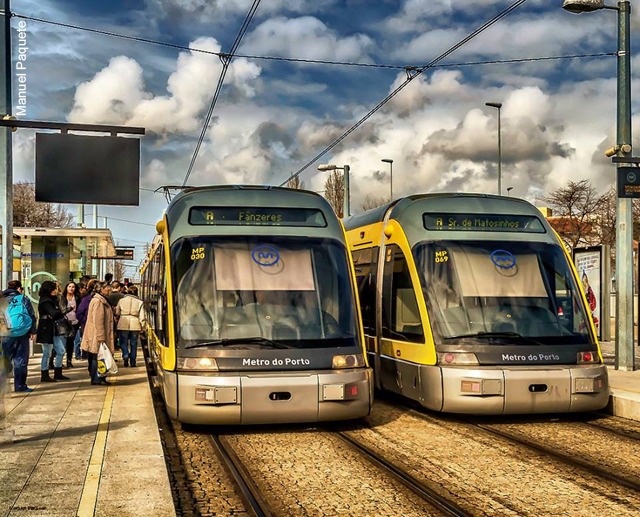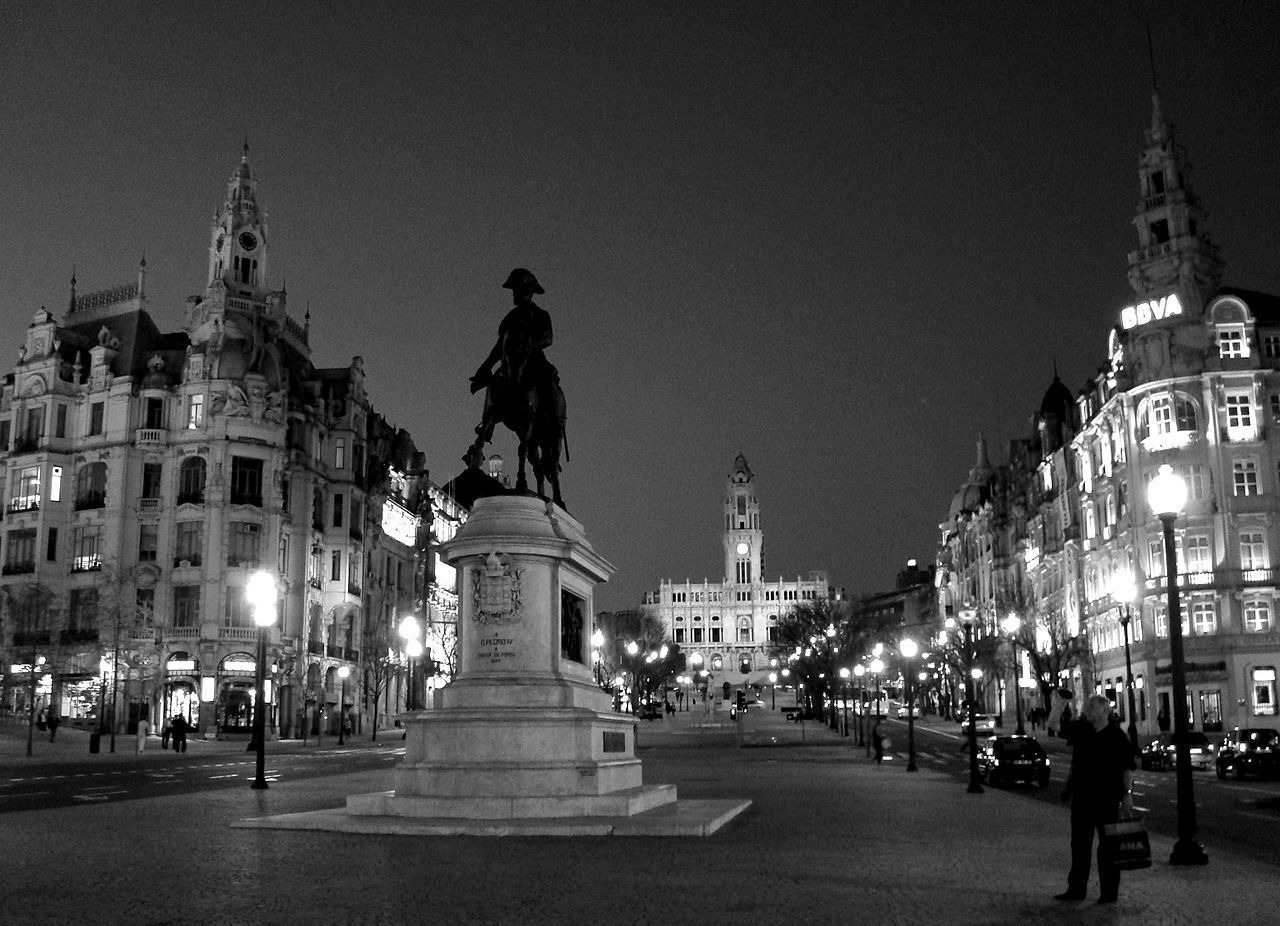
History of Porto: from roman Portus Cale to a vibrant metropolis
Uncover the captivating history of Porto, Portugal, from its Roman roots to its role in the Age of Exploration. Explore ancient architecture, cultural institutions, and famous landmarks along the picturesque Douro River.
Nestled along the picturesque Douro River, Porto is a city that exudes old-world charm and rich history. With enchanting cobblestone streets, stunning architecture, and a vibrant cultural scene, this Portuguese gem offers a journey through time like no other. As you wander through the narrow alleyways of the city’s historic neighborhoods, you can’t help but feel transported to a bygone era. Porto’s history dates back centuries, with its roots tied to the Roman Empire. From its humble beginnings as a small village, Porto flourished into a major trading hub during the Middle Ages, thanks to its strategic location and thriving port.
Today, Porto stands as a testament to its storied past, with its UNESCO World Heritage sites, including the iconic Ribeira district and the breathtaking Porto Cathedral. But don’t let its historical significance fool you – this vibrant city is also a bustling metropolis, known for its lively markets, world-renowned wine cellars, and lively festivals. Get ready to immerse yourself in the captivating history of Porto, where every street corner holds a story waiting to be discovered.
Early history of Porto
Porto’s history can be traced back to ancient times. The area that is now Porto was originally settled by Celtic tribes, who called the region Portus Cale. However, it was during the Roman era that Porto began to take shape. In 138 BC, the Romans established a trading post and named it Portus Cale, which eventually evolved into the city we know today as Porto. The Romans recognized the strategic importance of the location, with its natural harbor providing easy access to the Atlantic Ocean. This led to the development of Porto as a major port city, facilitating trade and commerce throughout the Roman Empire.
During the Roman era, Porto flourished both economically and culturally. The city became an important center for trade, with goods such as olive oil, wine, and salt being exported to other parts of the empire. Porto also became known for its impressive architecture, with the construction of monumental buildings, such as the Porto Cathedral, which still stands today as a testament to the city’s Roman past. The Roman influence can still be seen in Porto’s layout, with its grid-like street plan and the remnants of ancient walls that once protected the city.
Porto during the Middle Ages
The Middle Ages marked a period of significant growth and transformation for Porto. As the Roman Empire declined, Porto fell into the hands of various invading forces, including the Visigoths and the Moors. However, it was during the 9th century that Porto began to regain its prominence. Under the rule of the County of Portugal, Porto became an important fortified city, serving as a strategic stronghold against Moorish invasions.
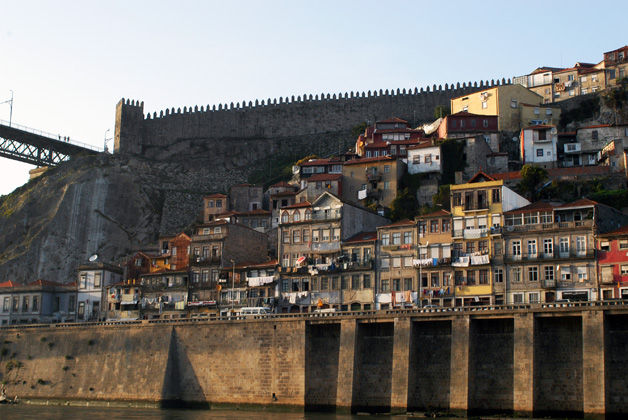
During this time, Porto experienced a surge in population and economic activity. The city’s port continued to thrive, attracting merchants and traders from across Europe. Porto became a key hub for the export of goods such as wine, salt, and textiles, further solidifying its position as a major trading center. The wealth generated by trade allowed Porto to invest in its infrastructure, resulting in the construction of magnificent buildings and fortifications. The city’s medieval heritage can still be seen today in the narrow, winding streets of the Ribeira district, lined with colorful houses and charming cafes.
Porto’s role in the Age of Exploration
The Age of Exploration brought newfound wealth and prosperity to Porto. As European nations embarked on voyages of discovery, Porto became a crucial port of departure for explorers. Portuguese navigators, such as Henry the Navigator, set sail from Porto in search of new trade routes and territories. The city’s port played a vital role in the expeditions that led to the discovery of new lands, including Brazil and India.
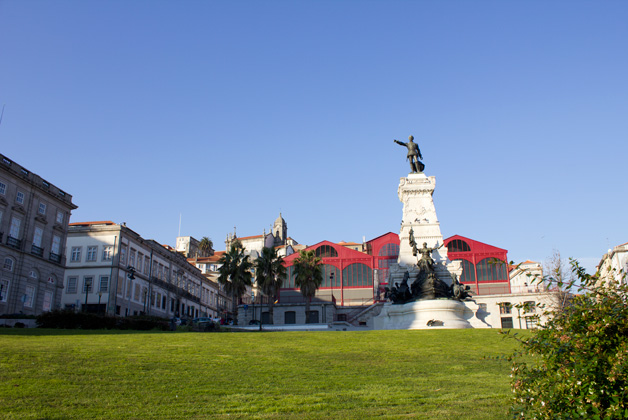
The wealth accumulated through trade and exploration fueled Porto’s growth and cultural development. The city became a center of art and learning, attracting scholars, artists, and intellectuals from around the world. Porto’s university, founded in the 18th century, became a renowned institution for higher education, contributing to the city’s intellectual and cultural vibrancy.
Where is Porto and how it’s location did benefit the city during the history?
The geographical location of Porto has played a significant role in shaping the city’s history and contributing to its economic, cultural, and strategic importance. Here are some ways in which the location of Porto has benefited the city throughout its history:
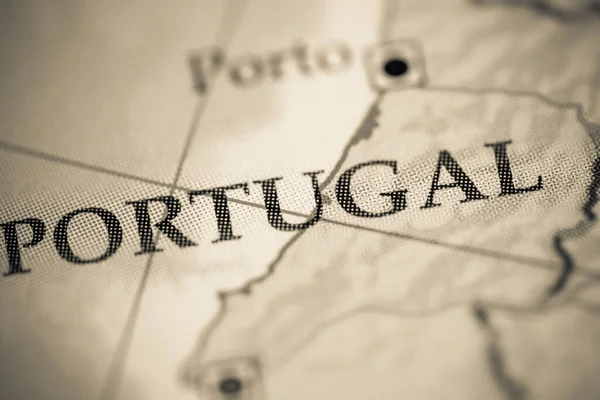
Port Wine Industry
The city’s proximity to the Douro Valley, a prime wine-producing region, has been crucial to the development of the famous Port wine industry. The Douro River provided a natural route for transporting barrels of wine in Rabelo boat from the vineyards upstream to the cellars in Vila Nova de Gaia, just across the river from Porto. This has made Porto a central hub for the production, aging, and export of Port wine.
Trade and Commerce
Porto’s location at the mouth of the Douro River, where it meets the Atlantic Ocean, has facilitated trade and commerce throughout its history. The city has been an important port for the import and export of goods, contributing to its economic prosperity. The river served as a natural avenue for transporting goods from the interior of the country to the coast.
Maritime Access
The city’s position along the Atlantic coast has provided it with direct access to maritime trade routes. This has been crucial for the growth of Porto as a trading and industrial center. The harbor has played a key role in the importation of raw materials and the export of manufactured goods.
Strategic Defense
The natural geography of Porto, with the Douro River acting as a natural barrier on one side and the Atlantic Ocean on the other, provided strategic advantages for defense. Throughout history, this geographical positioning has helped protect the city from certain types of land-based invasions.
Cultural Exchange
Porto’s location as a seaport and trading center has exposed it to various cultures and influences over the centuries. This has contributed to the rich cultural tapestry of the city, with influences from both the interior of Portugal and international sources.
Tourism
In modern times, the city’s picturesque location along the river and its connection to the ocean have contributed to its appeal as a tourist destination. The historic architecture, the Ribeira district, and the scenic waterfront attract visitors from around the world. One of the highlights of Tours in Porto are focus in Douro Valley Full Day Tour visiting few wineries and enjoying it’s beautiful scenery.
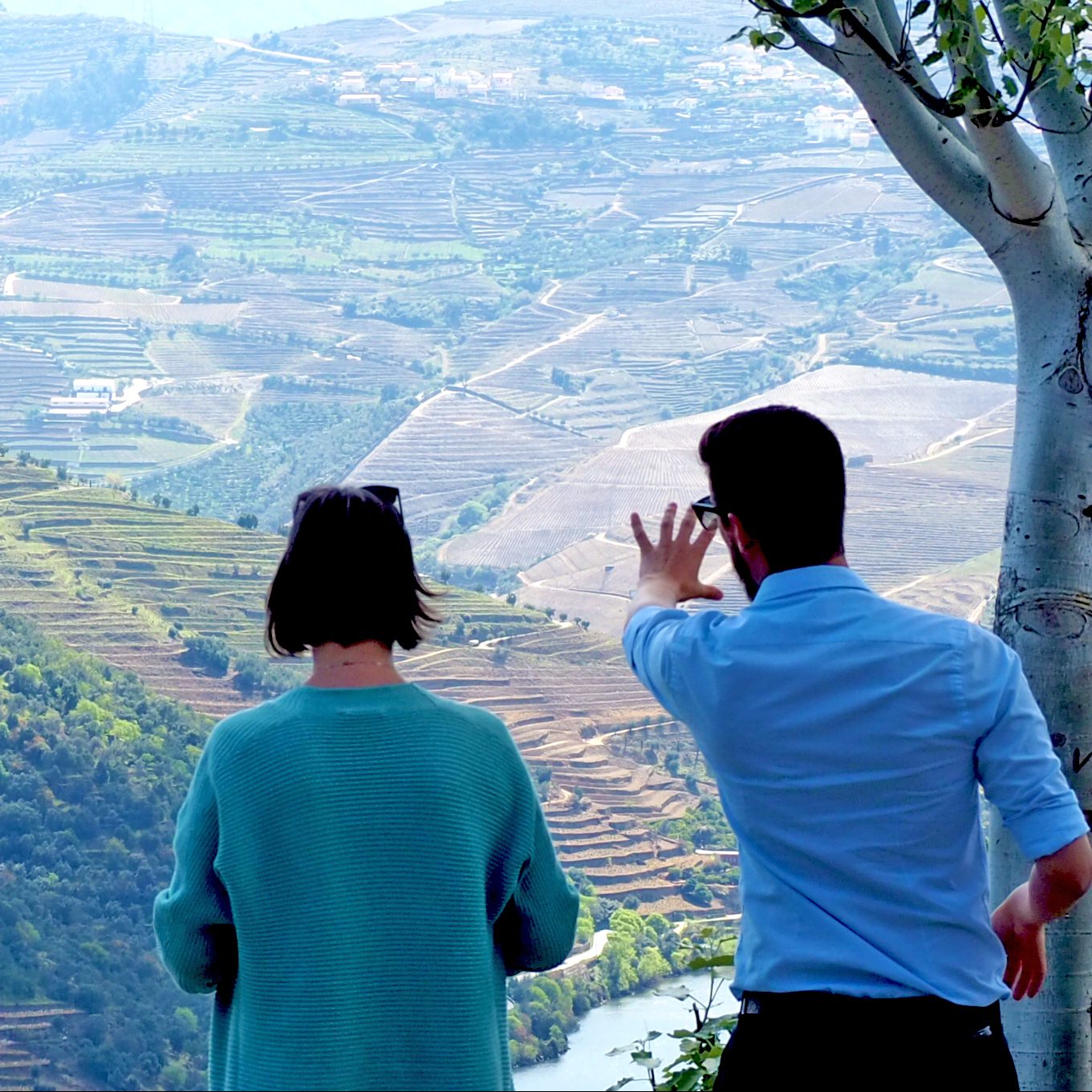
In summary, Porto’s location has been instrumental in shaping its identity as a major Portuguese city with a rich history in trade, commerce, and cultural exchange. The combination of river and ocean access has contributed to its economic prosperity and cultural significance throughout the centuries.
Porto in the 19th and 20th centuries
The 19th and 20th centuries brought both challenges and opportunities for Porto. The industrial revolution transformed the city, with the establishment of factories and the growth of the textile industry. Porto became known as the “Manchester of Portugal,” a testament to its thriving textile production. However, this period also saw social and political unrest, as workers fought for better conditions and rights.
Despite the challenges, Porto continued to evolve and adapt. The city underwent a process of urban renewal, with the construction of new buildings and the expansion of its infrastructure. The iconic Dom Luís I Bridge, built by Théophile Seyrig, was built during this time, connecting Porto to its neighboring city, Vila Nova de Gaia. The bridge remains a symbol of Porto’s engineering prowess and is one of the city’s most recognizable landmarks.
French invasions
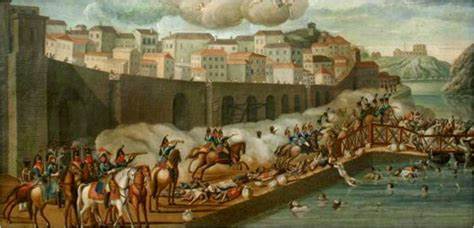
The city of Porto played a significant role in the Peninsular War (1808-1814), particularly during the early stages of the conflict.
Siege of Porto (1808):
After the French invaded Portugal in 1807 and the Portuguese royal family fled to Brazil, French forces, led by General Jean-Andoche Junot, established control over the country. However, the occupation faced growing opposition from both Portuguese and British forces.
In 1808, Porto became a focal point of resistance. The city, along with other parts of Portugal, witnessed uprisings against French rule. The local population, along with Portuguese and British military units, sought to expel the occupying forces.
The culmination of this resistance was the Siege of Porto, which took place in May 1808. British and Portuguese forces, under the command of Sir Arthur Wellesley (later the Duke of Wellington), launched a successful assault on the French-held city. This victory marked a turning point in the early stages of the Peninsular War and significantly boosted the morale of the anti-French coalition.
Continued Resistance:
Following the liberation of Porto, the city remained a base for Portuguese and British forces in the ongoing conflict. It served as a crucial logistical and strategic center for military operations against the French in Portugal.
Porto’s location along the Douro River made it a key transportation hub, allowing for the movement of troops and supplies. The city’s involvement was vital in supporting subsequent campaigns against the remaining French forces in the Iberian Peninsula.
Strategic Importance:
The strategic significance of Porto was further underscored during the later phases of the Peninsular War. The Lines of Torres Vedras, a defensive system built by the British and Portuguese to protect Lisbon, stretched from Porto to the Atlantic coast. This defensive network played a pivotal role in French attempts to advance southward.
In summary, Porto was initially a site of resistance against French occupation during the Siege of Porto in 1808. After its liberation, the city continued to play a crucial role as a base for anti-French operations, contributing to the overall success of the Peninsular War in expelling Napoleon’s forces from Portugal.
Porto – the home place of Liberalism
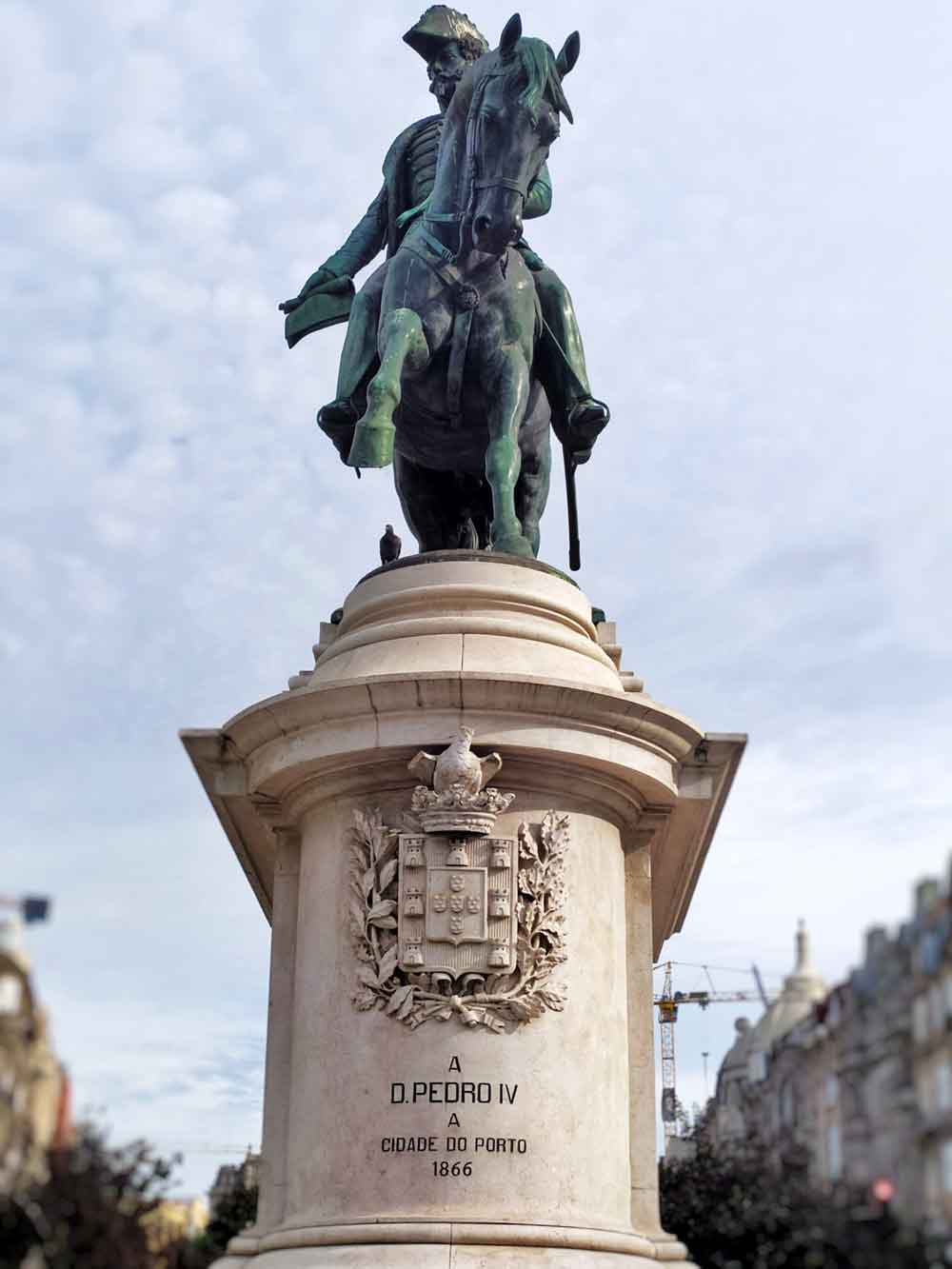
The Miguelite Wars (1828-1834) in Portugal were a struggle between liberals and absolutists for control of the throne. Porto, a key liberal stronghold, witnessed the pivotal Siege of Porto (1832-1833). Dom Pedro IV, supporting Queen Maria II, landed in Porto, leading to a prolonged siege. The successful defense of the city, marked by resilience and determination, symbolized liberal resistance. With foreign aid, the liberals broke the siege in 1833, contributing to an overall liberal victory. The Miguelite Wars concluded in 1834, establishing constitutional rule and highlighting Porto’s role as a symbol of liberal tenacity.
Porto’s architectural heritage
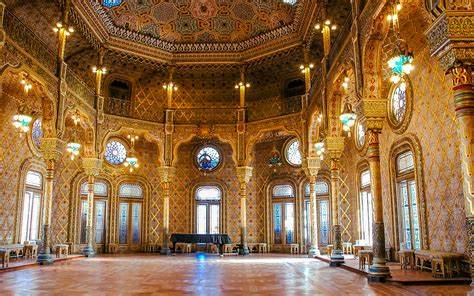
One of Porto’s most distinguishing features is its architectural heritage. The city boasts a rich tapestry of architectural styles, ranging from Romanesque and Gothic to Baroque and Neoclassical. The Porto Cathedral, also known as the Sé, is a prime example of Romanesque architecture, with its imposing facade and intricate details. Another notable architectural gem is the Palácio da Bolsa, a neoclassical building that once served as the stock exchange. Its stunning Arabian Hall, adorned with intricate Moorish-inspired decorations, is a testament to Porto’s multicultural past.
Ribeira, the Heart of Porto, Portugal
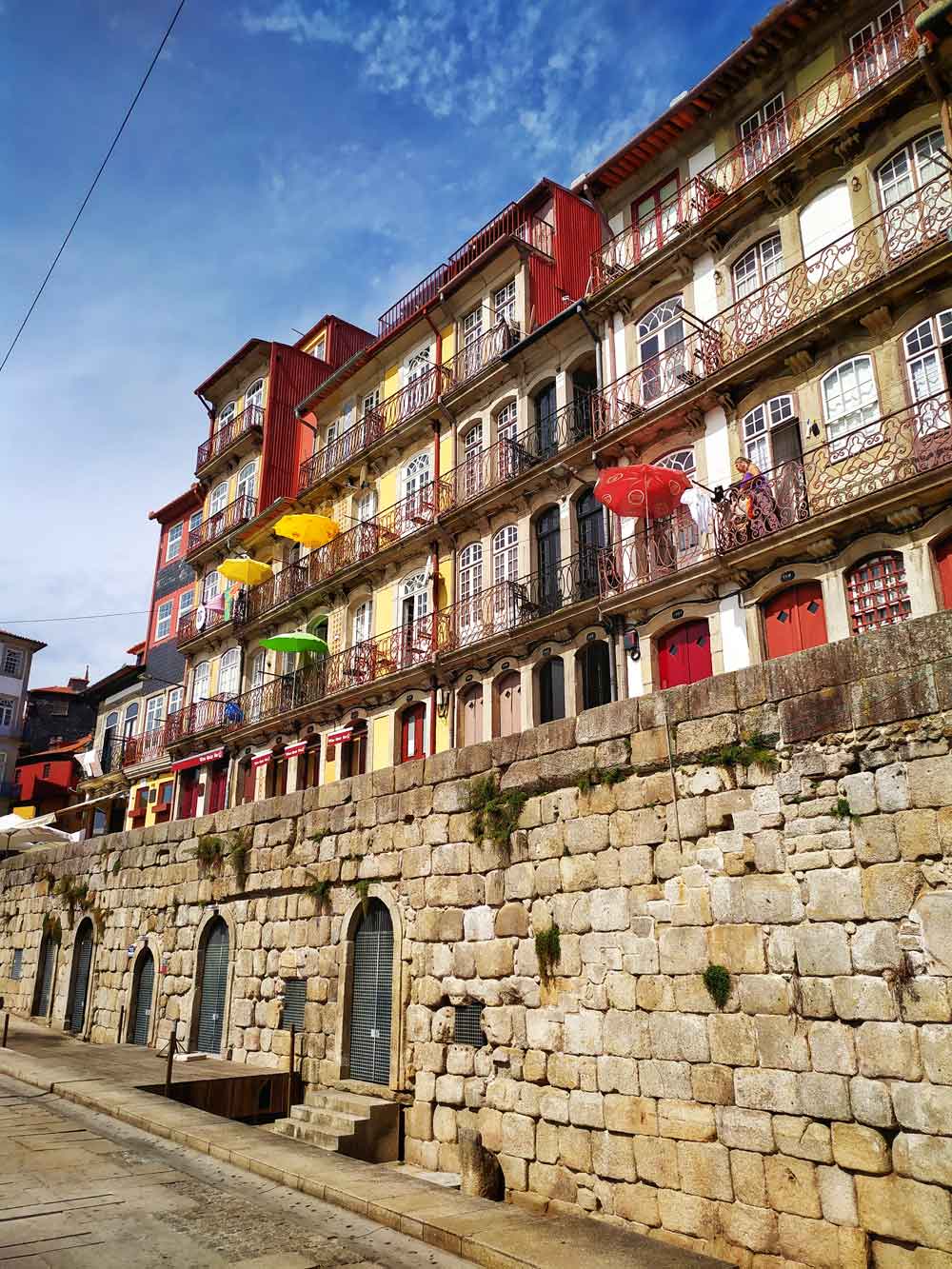 The Ribeira square, with its colorful houses and narrow streets, is a UNESCO World Heritage site and showcases Porto’s traditional architecture. The district’s buildings, adorned with traditional tiles known as azulejos, are a sight to behold. These tiles depict scenes from Porto’s history and add a touch of charm to the cityscape.
The Ribeira square, with its colorful houses and narrow streets, is a UNESCO World Heritage site and showcases Porto’s traditional architecture. The district’s buildings, adorned with traditional tiles known as azulejos, are a sight to behold. These tiles depict scenes from Porto’s history and add a touch of charm to the cityscape.
Porto’s cultural contributions
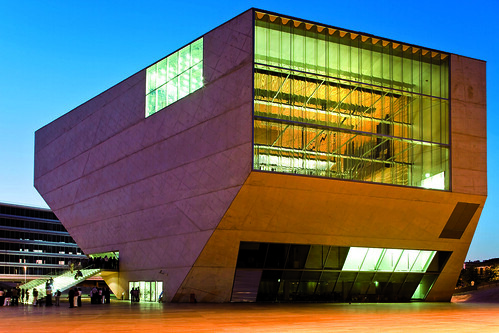
Porto’s cultural contributions are as diverse as its history. The city is home to numerous museums, galleries, and cultural institutions that showcase its artistic and intellectual heritage. The Serralves Museum of Contemporary Art, located in a stunning art deco building, houses a collection of modern and contemporary art. The Casa da Música, a striking concert hall designed by renowned architect Rem Koolhaas, hosts a variety of musical performances, ranging from classical to contemporary.
Porto is also known for its literary traditions. The city has produced many renowned writers and poets. Bookstores and libraries abound in Porto, providing a haven for book lovers and literary enthusiasts.
Famous landmarks and attractions in Porto
No visit to Porto is complete without exploring its famous landmarks and attractions. The Ribeira district, with its picturesque waterfront and colorful buildings, is a must-visit. Take a stroll along the Cais da Ribeira promenade, lined with cafes and restaurants, and soak in the vibrant atmosphere. Cross the Dom Luís I Bridge to Vila Nova de Gaia and visit the world-famous port wine cellars, where you can indulge in a tasting of the city’s signature drink.
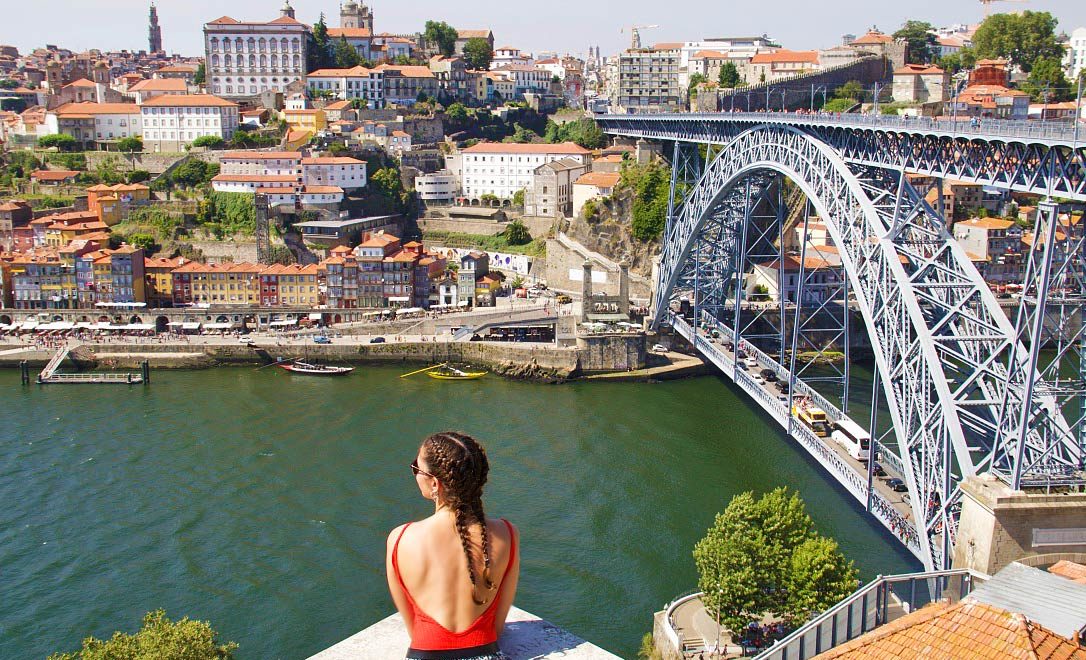
The Porto Cathedral, with its commanding presence and breathtaking views of the city, is another must-see. Explore the narrow streets of the historic center and discover hidden gems, such as the Livraria Lello, a stunning bookstore. Don’t forget to visit the iconic Clérigos Tower, which offers panoramic views of Porto’s rooftops and the Douro River.
What is the population of Porto?
The population of the city of Porto at January 2022, the population was around 214,349 people. However, that population figures can change over time due to factors such as migration, birth rates, and other demographic factors. For the most up-to-date and accurate population information, we recommend checking the latest data from official sources such as the Portuguese National Institute of Statistics or other reliable demographic databases.
Porto or Oporto?
“Porto” and “Oporto” refer to the same city in Portugal, and the difference lies in the way the name is translated or pronounced in different languages. The city is known as “Porto” in Portuguese, but in some English-speaking contexts, it has been historically referred to as “Oporto.”
The term “Oporto” has its roots in the medieval English language, where the article “o” was added to the name. Over time, this became a common way to refer to the city in English, although it is not used in Portuguese. In modern times, the preferred and widely accepted name is “Porto” in both Portuguese and English.
So, in summary, there is no substantial difference between Porto and Oporto; they are alternate names for the same city, with “Porto” being the more contemporary and accurate term in both English and Portuguese.
Conclusion
Porto’s history is a tapestry of ancient civilizations, explorations, and cultural achievements. From its Roman origins to its role in the Age of Exploration, Porto has played a significant part in shaping Portugal’s identity. Today, the city stands as a living testament to its storied past, with its architectural gems, cultural institutions, and vibrant atmosphere. Whether you’re a history buff, an art lover, or a wine enthusiast, Porto has something to offer everyone. So, immerse yourself in the captivating history of Porto, and let the city’s charm and beauty transport you to another time…


